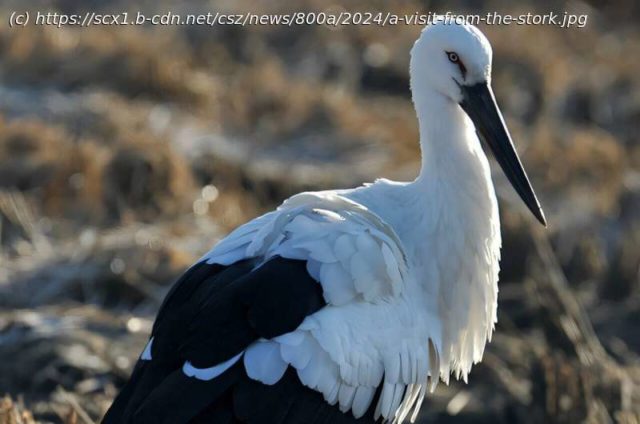A new genomic study of the endangered Oriental stork reveals that the population’s genetic health is still surprisingly strong, with high genetic diversity and low levels of inbreeding. This is an uncommon finding in most endangered species populations, which makes it more difficult to rescue those species from extinction.
A new genomic study of the endangered Oriental stork reveals that the population’s genetic health is still surprisingly strong, with high genetic diversity and low levels of inbreeding. This is an uncommon finding in most endangered species populations, which makes it more difficult to rescue those species from extinction.
Thus, despite the human-caused decline in Oriental stork numbers, the findings in a new study provide hope for the species’s long-term survival, as well as a clear direction to rescue this magnificent bird. Decisive action must be taken to protect its habitats, especially all along its migratory route.
The work appears in GigaScience.
The wild population of the Oriental stork (Ciconia boyciana) has declined rapidly in the last century. Climate change, forest wildfires, hunting and the expansion of agriculture, industry and other human activities threaten the species, which is listed as endangered by the World Conservation Union.
In the study, researchers collected genomic information on the Oriental stork and compared the findings with other migratory and non-migratory birds. The work will help to assess the genetic health of the dwindling population, and also gives a glimpse into genes that may be involved in the stunning long-distance navigation behavior of the Oriental stork: This large wetland wading bird breeds in the Russian far east and northeast China, and migrates to the Bohai Bay and Poyang Lake in the lower reaches of the Yangtze River in autumn to overwinter.
Lead by a research team at Northeast Forestry University (China) with collaborators from Harbin, Shenyang, Zhejiang University, and Inner Mongolia, the scientists first assembled a high-quality reference genome of the Oriental stork and sequenced the genomes of 29 wild Oriental storks and 15 captive individuals.






